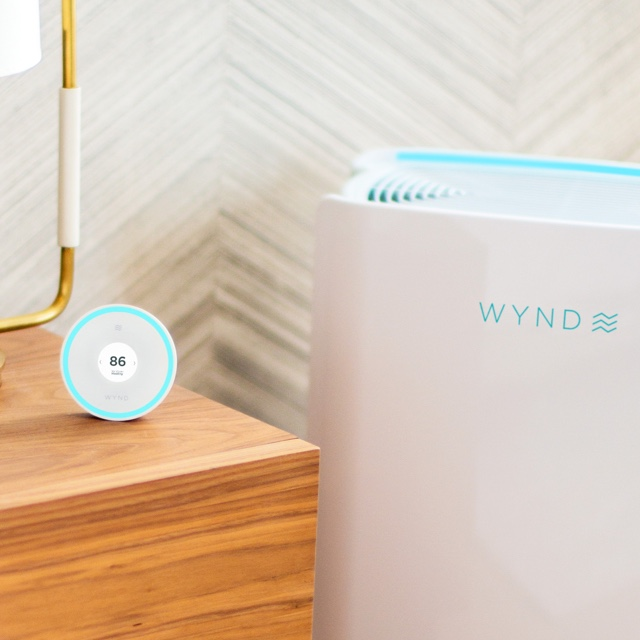
16995392
The world's smartest air monitor meets the most powerful purifier in its class.
Latest Updates from Our Project:
Wed Nov 17 '21 Announcement
Tue Sep 8 '20 Announcement
over 3 years ago
– Tue, Sep 08, 2020 at 12:47:51 PM
Frequently Asked Questions:
How do I set-up my Halo?
How do I set-up my Home Purifier?
My Halo seems a bit unstable. What can I do?
- One easy way to fix minor problems is by power cycling your device (turn it off and back on). You can do this by holding down the top button (for 2 seconds) until the screen turns off, then holding it down again until it turns back on.
What’s the buzzing sound coming from the Halo?:
- If you hear a buzzing sound coming from the Halo, it’s not broken. That’s the fan inside drawing in air to analyze.
Why is air only coming out of one side of the Home Purifier?:
- The Home Purifier’s air may be stronger on one side than the other. This is due to the internal structure and the circumference of the fan inside.
How do I start Auto Mode?:
- Please make sure that the Halo and Home Purifier are both paired and set to the same room.
- After activating Auto Mode for your Home Purifier from within the app, check that the Auto Mode light is lit on the Home Purifier itself.
What are VOCs and PMs?
VOCs
- VOCs are Volatile Organic Compounds. These compounds vaporize easily and circulate in the air. Some common VOCs are gasoline, alcohol, and formaldehyde.
- Not all VOCs are dangerous, but some types can be toxic in high concentrations. As indoor environments are often poorly ventilated, it is especially important to keep VOC concentrations low.
PMs
- PM stands for Particulate Matter. The number that follows the “PM” is the width in microns of the particle. For example, PM 2.5 includes particles 2.5 microns wide. For reference, a human hair is about 100 microns in diameter. Small particles, like the ones measured by the Halo, can irritate your lungs and even get into your circulatory system.
- Some studies have found a close link between exposure to these particles and heart and lung disease. They can also worsen chronic disease such as asthma, heart attack, bronchitis and other respiratory problems.
Thank you all for your support, and we look forward to continuing to develop and share new features for your devices. If you have any questions, are having issues with your devices, or would like to recommend a feature not listed above, feel free to reach us at [email protected]
Thank you,
Wynd Team
P.S. Be sure to check out this project from our friends at LARQ:

Experience pure water beyond filtration. The LARQ Pitcher is the first water pitcher with a unique 2-Step filtration and purification process. Our innovative plant-based, carbon-derived filter removes lead, chlorine, mercury, VOCs, and more. The vital second step features our PureVis™ purification system which eradicates biocontaminants—keeping your water as pure as nature intended.
The LARQ Pitcher features:
- Intelligent filter life tracking is based on household usage and alerts you when the filter needs to be replaced—no more guessing.
- Eco-friendly plant-based filter replacements use 75% less plastic than traditional filters.
- PureVis™ technology activates automatically every 6 hours to prevent bacteria growth and other bio-contamination.
- Built with high-quality BPA-free materials and designed to last. Clean water is not a privilege—it’s a right. That’s why LARQ donates a portion of proceeds to 1% for the Planet to help bring clean drinking water to communities lacking access to trusted water sources.
Now available for pre-order!
Tue Sep 8 '20 Announcement
over 3 years ago
– Tue, Sep 08, 2020 at 12:43:28 PM
Dear Wynd Backers,
We hope you’re all doing well and staying healthy! We’ve been working hard on getting some exciting new features launched, and we’d like to take this time to share our latest progress with all of you.
In the second part of this post, we’ve also included a FAQ section to help out anyone running into trouble with their devices. If you haven’t already paired your device to the Wynd app, be sure to visit the FAQ to get setup. Connecting your devices to the Wynd app unlocks useful features, like remote control and monitoring, long-term air quality insights, and filter replacement alerts. In addition, new features we plan to launch, like Optimizations and Recommendations, will require an internet connection.

Alexa Integration: Now Available!
Your Halos and Home Purifiers can now connect with your Alexa Echo devices and your Alexa mobile app, enabling voice control of your Halo and Home Purifier. To link your account:
- Go to your Alexa app and add the “Wynd Halo & Home Purifier” skill.
- Log in to your Wynd account when prompted, or setup a Wynd account if you haven’t already.
- Once linked, you can ask Alexa to control your Wynd Halos and Home Purifiers!
You can ask Alexa to change the Home Purifier fan speed, activate night mode, tell you your Wynd Score, and more. To activate the skill, say “Open Halo Home” or add “Ask Halo Home” to the beginning of your request. For example:
You: “Open Halo Home”
Alexa: Hello, welcome to Halo Home. How can I help you?
You: “What’s the Wynd Score in the Family Room?”
Alexa: “The Wynd Score is 93 in the Family Room.”
You: “Alexa, ask Halo Home what my Wynd Score is in the Family Room.”
Alexa: “The Wynd Score is 93 in the Family Room.”
Alexa currently only works with default room names (Family Room, Living Room, Kitchen, Bedroom, etc.) since Alexa cannot understand custom room names yet. However, if you work on Alexa at Amazon and would like to make that change with us, feel free to drop us a line :)
Smart Scheduling: Coming soon!
As one of our most highly anticipated features, Smart Scheduling is a top priority, and we look forward to releasing the feature in the coming weeks. Orchestrating communications and actions across multiple devices as well as setting up the feature to support future updates that will be added on top of it, such as Custom Scheduling and Optimizations, has been a long process, but will be well worth the wait.
Once released, Smart Scheduling will enable you to have full control over your Wynd devices with a click of a button. Your devices will be organized by the room they’re located in, allowing you to put them all to work synchronously by selecting Auto Mode, Smart Mode, or Away Mode.
Following this release, we will also enhance Smart Mode with another new feature called Presence. In Smart Mode, with Presence activated, your devices will automatically be switched between on and off/Away Modes based on your location. If you’re not home, the purifier will turn down automatically. If you’re near your home, the purifier will turn on automatically in anticipation of your arrival. Smart Scheduling both saves electricity and extends filter life!
Coming up in the next month…
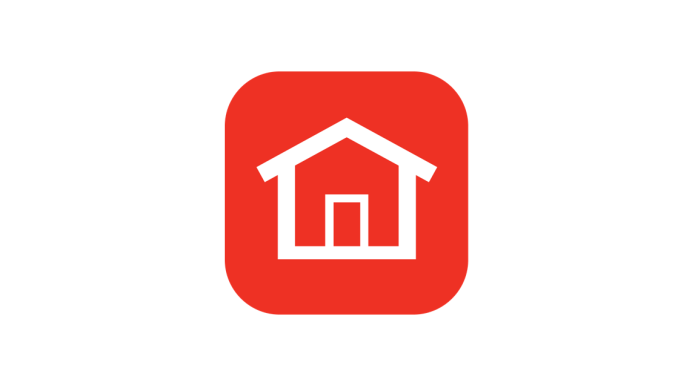
Honeywell Integration:
With this integration, you will be able to link your Wynd Halo and Honeywell T-series thermostat to expand the capabilities of your Halo. You will be able to adjust the thermostat temperature and control your HVAC all from the Wynd app.
Alerts and notifications:
Get notifications from your Halo whenever your air quality gets worse, so you can take action right away. And, to make sure your Home Purifier removes as many pollutants as possible, get alerted when its filter has reached capacity and needs to be replaced.
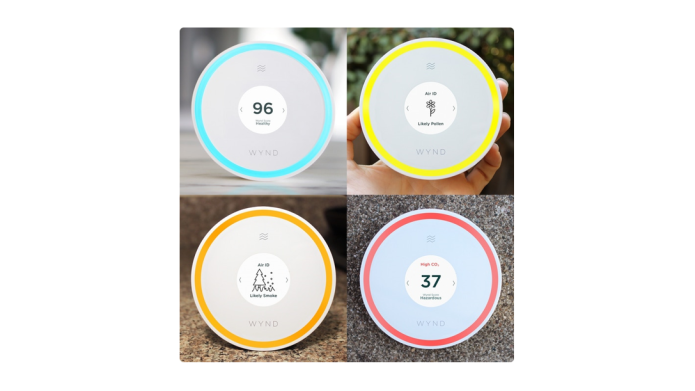
AirID:
Wynd Halo houses more sensors than any other environmental monitor. By combining raw sensor data with contextual data from the cloud, Air ID can tell you what you are actually breathing. Most air quality sensors just measure the general concentration of things (particles or chemicals), but can’t tell you what’s actually there. We think it’s important for you to know whether your air has pollen, forest fire smoke, or smog from the nearby industrial plant.
Tue Jun 9 '20 Announcement
almost 4 years ago
– Tue, Jun 09, 2020 at 09:31:40 PM
FAQ:
- My Halo seems a bit unstable. What can I do?
- One easy way to fix minor problems is by power cycling your device (turn it off and back on). You can do this by holding down the top button (for 2 seconds) until the screen turns off, then holding it down again until it turns back on.
- What’s the buzzing sound coming from the Halo?:
- If you hear a buzzing sound coming from the Halo, it’s not broken. That’s the fan inside drawing in air to analyze.
- Why is air only coming out of one side of the Home Purifier?:
- The Home Purifier’s air may be stronger on one side than the other. This is due to the internal structure and the circumference of the fan inside.
- How do I set-up my Halo?
- How do I set-up my Home Purifier?
- How do I start Auto Mode?:
- Please make sure that the Halo and Home Purifier are both paired and set to the same room.
- After activating Auto Mode for your Home Purifier from within the app, check that the Auto Mode light is lit on the Home Purifier itself.
- What are VOCs and PMs?
- VOCs
- VOCs are Volatile Organic Compounds. These compounds vaporize easily and circulate in the air. Some common VOCs are gasoline, alcohol, and formaldehyde.
- Not all VOCs are dangerous, but some types can be toxic in high concentrations. As indoor environments are often poorly ventilated, it is especially important to keep VOC concentrations low.
- PMs
- PM stands for Particulate Matter. The number that follows the “PM” is the width in microns of the particle. For example, PM 2.5 includes particles 2.5 microns wide. For reference, a human hair is about 100 microns in diameter. Small particles, like the ones measured by the Halo, can irritate your lungs and even get into your circulatory system.
- Some studies have found a close link between exposure to these particles and heart and lung disease. They can also worsen chronic disease such as asthma, heart attack, bronchitis and other respiratory problems.
Thank you all for your support and giving us the opportunity to create these exciting new products. If you have any shipping questions, are having issues with your devices, or would like to recommend a feature not listed above, feel free to reach us at [email protected]
Thank you,
Wynd Team
Tue Jun 9 '20 Announcement
almost 4 years ago
– Tue, Jun 09, 2020 at 09:29:10 PM
Dear Wynd Backers,
We hope that you are all doing well and staying healthy. We are so excited that the majority of our backers have now received their units, and are working hard with our logistics partners to ensure the remaining orders are fulfilled. With so many users now interacting with these new products, we have received a lot of useful feedback on the most anticipated features as well as some good questions about the products. Below is a list of the most in-demand features with an expected launch time, followed by a short FAQ.
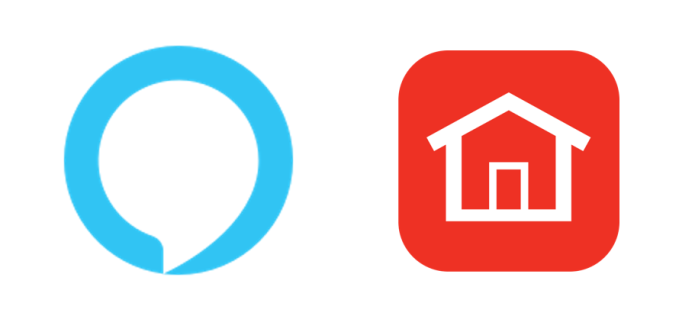
Alexa Integration: end of June
With Alexa integration, your Halo and Home Purifier will be able to connect with your Alexa Echo devices and your Alexa mobile app, enabling voice control of your Halo and Home purifier.
Honeywell Integration: July
With this integration, you will be able to link your Wynd Halo and Honeywell T-series thermostat to expand the smartness of your Halo. You will be able to adjust the thermostat temperature and control your HVAC all from your Wynd app.
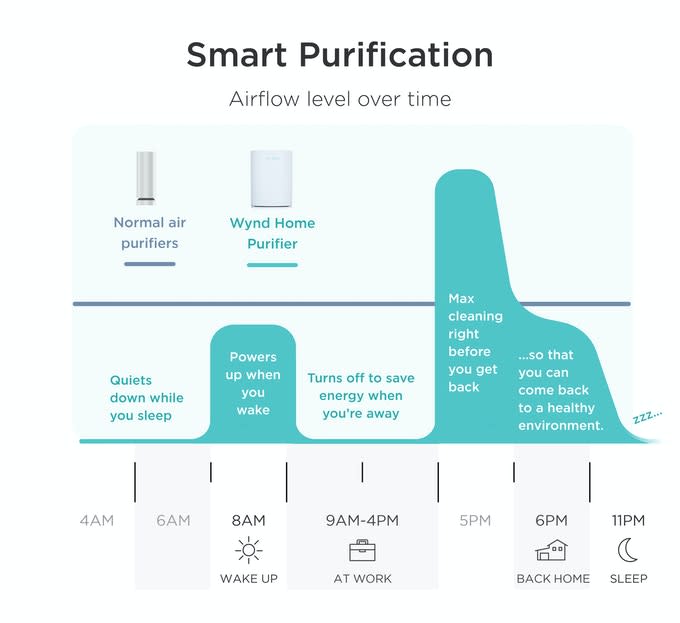
Smart Scheduling: July
With Smart Scheduling, you have full control over your Wynd devices at all times - putting it to work only when you need it to save on your energy cost. if you’re not home, the purifier can turn down automatically. It turns up a couple hours before you get home, so that the air is fresh when you return—and it even lowers its volume when you're home, so that you can enjoy a quiet atmosphere. Smart Scheduling saves electricity and extends filter life.
Alerts and notifications: July
Get notifications from your Halo whenever your air quality gets worse, so you can take action right away. And, to make sure your Home Purifier removes as many pollutants as possible, get alerted when its filter has reached capacity and needs to be replaced.
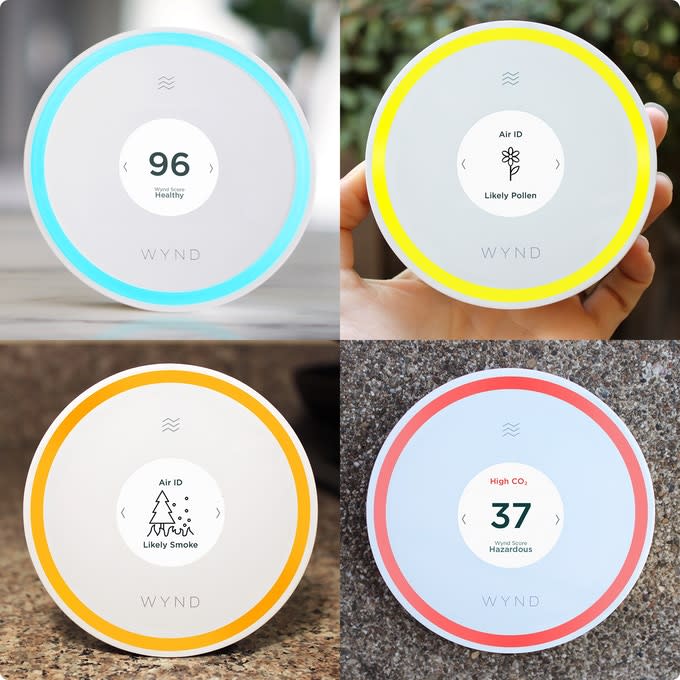
AirID: August
Wynd Halo houses more sensors than any other environmental monitor. By combining raw sensor data with contextual data from the cloud, Air ID can tell you what you are actually breathing. Most air quality sensors just measure the general concentration of things (particles or chemicals), but can’t tell you what’s actually there. We think it’s important for you to know whether your air has pollen, forest fire smoke, or smog from the nearby industrial plant.